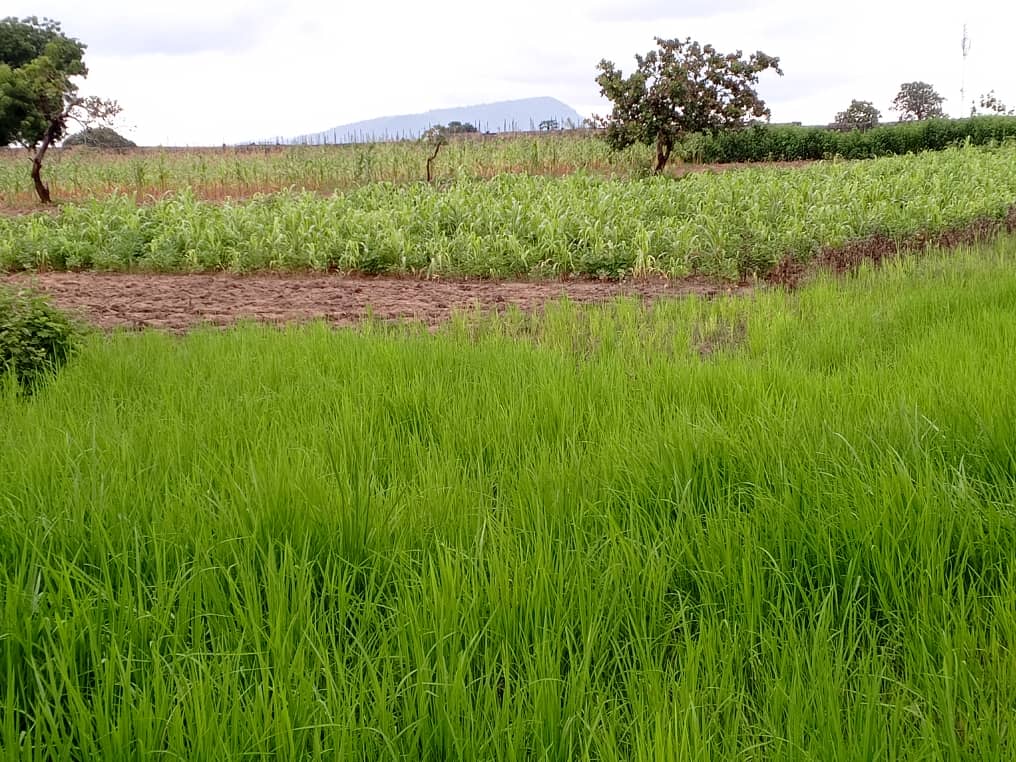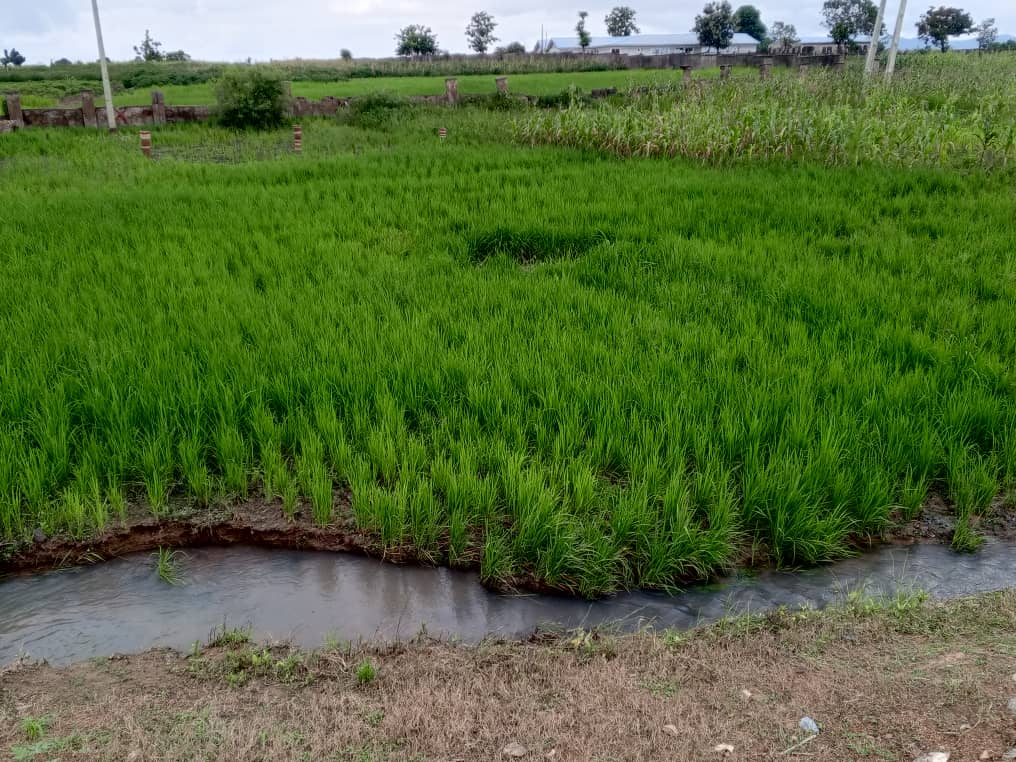Addressing post-harvest losses and improving agric information dissemination in farming communities. By Michael Adedotun Oke

Addressing post-harvest losses and improving agric information dissemination in farming communities


Enhancing and promoting the diffusion of agricultural information in farming communities and reducing post-harvest losses are crucial steps in improving food security and farmer profitability.
While the supply of necessary and pertinent information to smallholder farmers is essential, the majority of farmers are left on their own when it comes to obtaining vital life sciences knowledge that could significantly raise their agricultural productivity.

This knowledge is critical for them to increase their income, enabling them to produce more.
This situation has become a point of contention as different markets and consumer demands are explored. The information provided to farmers should include market prices and wealth distribution statistics that will ensure the profitability of most smallholder farmers.
The extension arms of various Agricultural Development Projects (ADPs) lack the funding necessary to support a wide range of extension services that would offer farmers higher levels of information.

These services are intended to be two-way communications, meaning that farmers’ problems must still be brought to the attention of research institutes.
Additionally, the need for demonstration pilot programmes is crucial. These programmes would contribute to building the necessary confidence to support higher levels of production, increase farmers’ capacity, safeguard their interests, and support learning objectives in the growth of agricultural industries.
Agricultural Inputs Distribution
Because they are closest to the farmers and best able to discern the truth about all levels of agricultural production, ADPs should oversee and fairly distribute all forms of agricultural inputs to the farmers in need.
This would enable them to produce effectively and encourage all levels of farming production.
This approach would guide and support farmers as they navigate their production levels and fulfil any commitments made by the state government.
The various arms of government should take firm action against anyone engaging in acts of sabotage, delaying the process, or failing to distribute various inputs such as fertilizers and agrochemicals across all states in the nation.
Moreover, issues of diversion and unfair distribution to legitimate farmers must be avoided to prevent sabotage related to input distribution nationwide.
Addressing Post-Harvest Losses
One of the main concerns in farming communities is the loss of agricultural products during post-harvest handling. Due to inadequate infrastructure and high transportation costs, some agricultural goods spoil during transit, often resulting in waste rates of between 40 and 50 percent (SPORE, 2011).
The need to address these issues and ensure that food is available in markets necessitates the construction of more processing centres that can convert these products into useful forms.
Storage is a major problem for the majority of farmers. Tailoring new ideas to address storage issues during post-harvest handling is essential.
Reducing these losses is one of the main ways to increase food security. Simple technology is required to quickly track essential progress.
Post-harvest and processing have been identified as crucial areas needing attention, along with a renewed focus on agricultural investment, including private initiatives.
Addressing these areas is vital in the fight against hunger, increasing revenue, and enhancing productivity.
In the post-harvest system, quantifiable food loss, both qualitative and quantitative, is referred to as “post-harvest loss” (PHL) (de Lucia and Assennato, 1994).
This system includes interconnected activities from the moment of harvest through crop processing, marketing, and food preparation, to the consumer’s ultimate decision to consume or discard the food.
Nationwide Food Production
The rate at which Nigeria’s population demands food is concerning, as are the difficulties in guaranteeing long-term sustainable development while ensuring food security for the world’s expanding population.
According to the FAO, food production must increase by 70% to feed the global population, which is expected to reach 9 billion by 2050. Other trends, such as growing urban populations, changing lifestyles, dietary habits of the growing middle class in emerging economies, and climate change, place severe strain on the planet’s resources, including dwindling freshwater, biodiversity, and arable land.
To fulfill the growing food and energy needs of the global population, agriculture must be fully realized through an integrated approach that includes proper planning for land expansion and keeping workers engaged on farms.
Additionally, value addition and post-harvest loss reduction are essential elements of agricultural operations and are crucial to plans aimed at enhancing agricultural output and strengthening ties between farmers and markets.
Understanding Post-Harvest Losses
Post-harvest loss refers to the decline in food production quantity and quality from harvest to consumption. Quality losses impact a product’s acceptability, edibility, and nutrient/caloric content.
These losses tend to occur more frequently in developed nations (Kader, 2002).
Quantity losses, which are more prevalent in developing nations, refer to the loss of a product’s quantity (Kitinoja and Gorny, 2010).
A recent FAO report highlights that food waste and loss occur more frequently in high-income regions during the downstream stages of the food chain than in low-income regions during the upstream stages (FAO, 2013).
Since the beginning of agriculture, farmers and food vendors have been concerned about losses. However, as global food consumption rises, the issue of post-harvest food waste due to processing, spoiling, insects, and rodents becomes more pressing. Reducing post-harvest losses should increase the amount of food available globally and lessen the need to increase future output.
Losses in agricultural crops and food losses are quantifiable drops in food supply that can impact both quantity and quality (Tyler and Gilman, 1979).
They result from the fact that freshly harvested agricultural produce is a living organism that transforms and breathes after handling.
While loss renders a product unusable, damage limits its utility. Quantity and quality losses most frequently occur during pre-harvesting, harvesting, transportation, preservation, threshing, storage, processing, and marketing.
Conclusion
Simple technology is required to handle the challenges of agricultural waste management. Every farm you visit demonstrates the difficulty of converting agricultural waste products for productivity, and many farmers find it difficult to manage agricultural waste at all levels. Sustainable plans must be created to ensure the development of new technologies that convert agricultural waste into clean energy and other productive means that can be used in farming as an alternative to traditional methods.
New extension services information must be distributed and promoted to ensure proper agricultural waste management.
Additionally, well-managed food waste systems are crucial to making food available.
Prompt action is needed to ensure large and small producers alike can enhance agricultural practices and boost food yields in both quality and quantity.
Michael Adedotun Oke,
Project Facilitator, Talent Upgrade Global Concept, Michael Adedotun Oke Foundation, Plot 232 Kaida Road, Old Kutunku, Gwagwalada, Abuja, Nigeria
maof2020@gmail.com
+23408027142077




